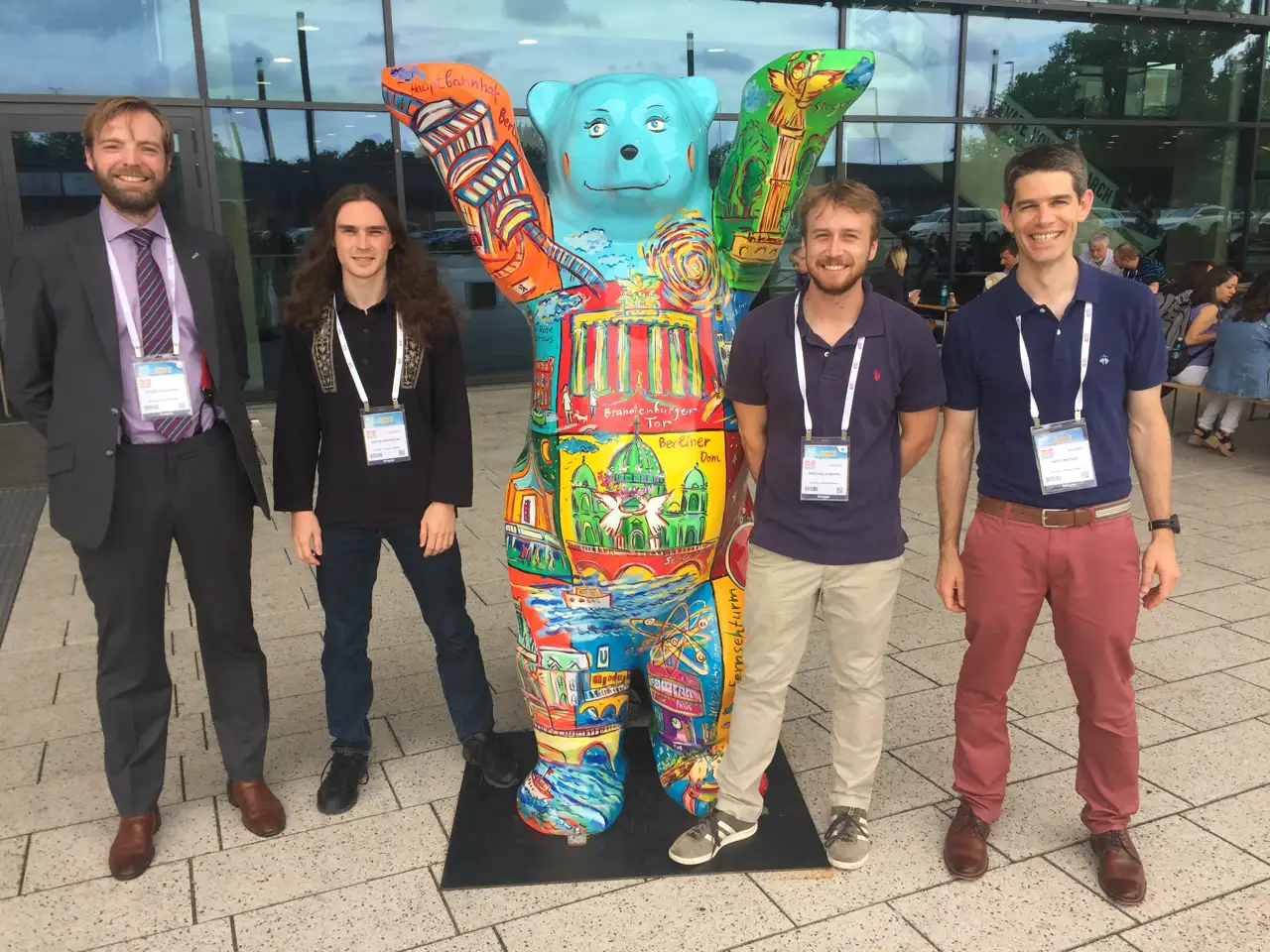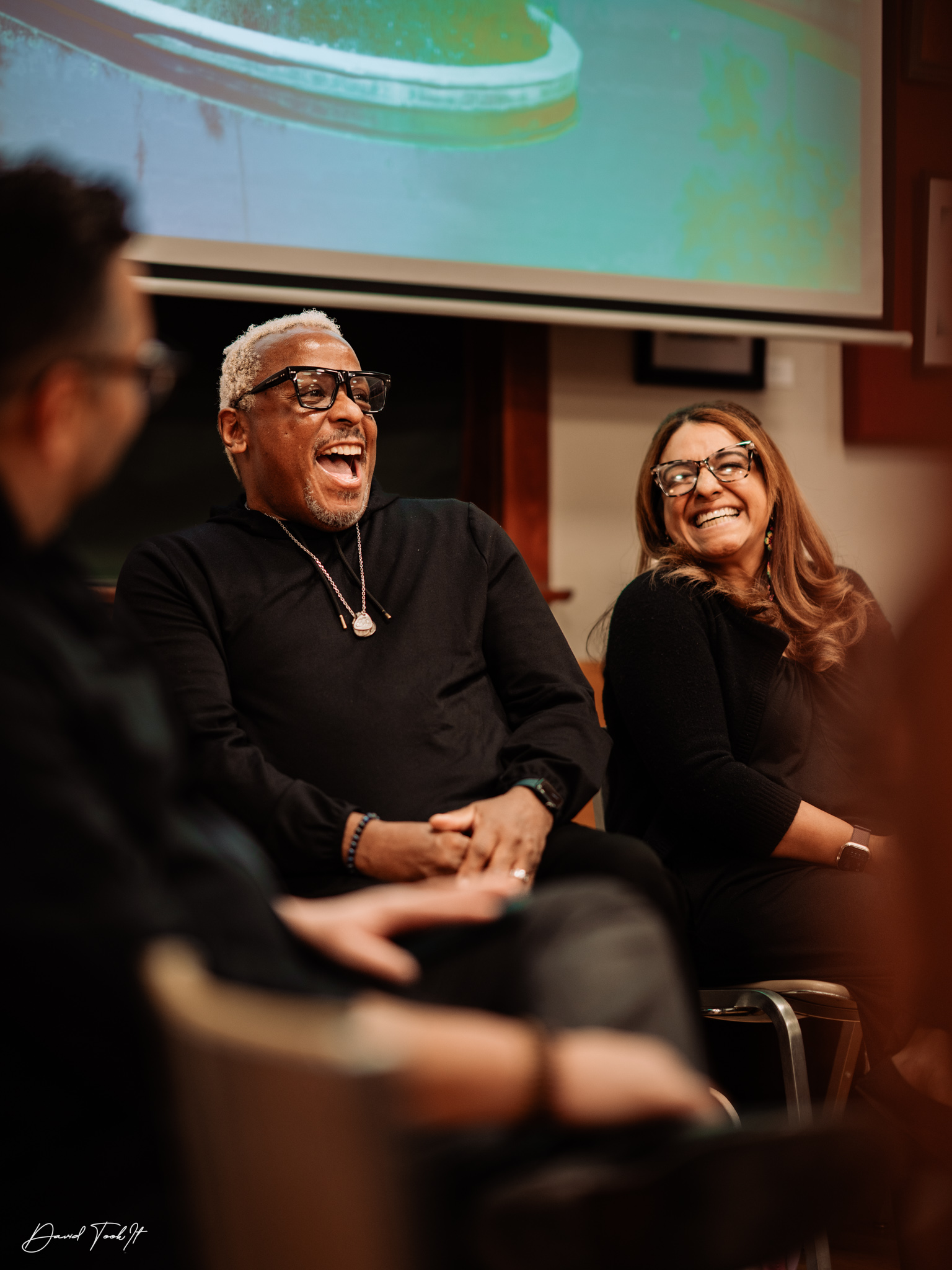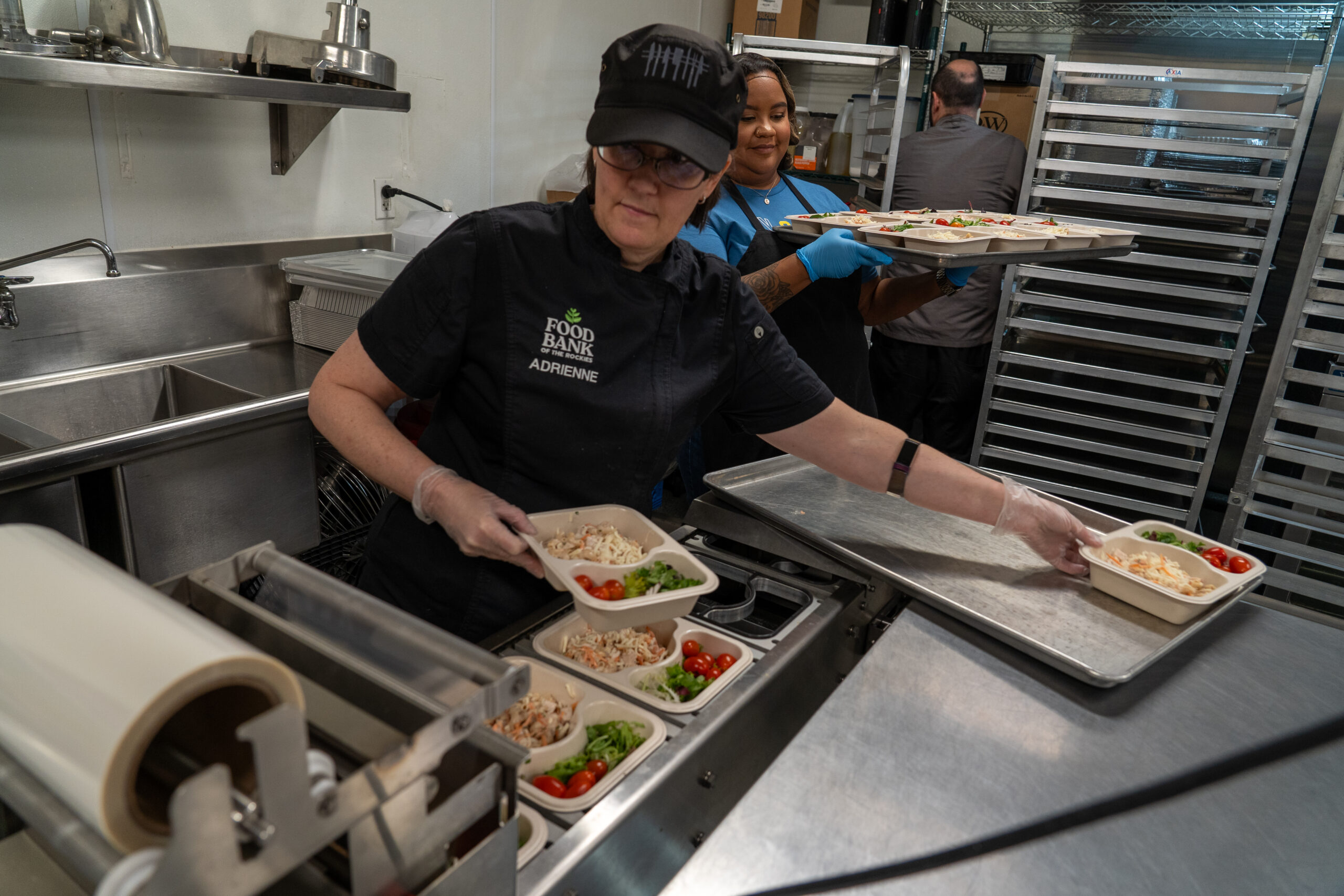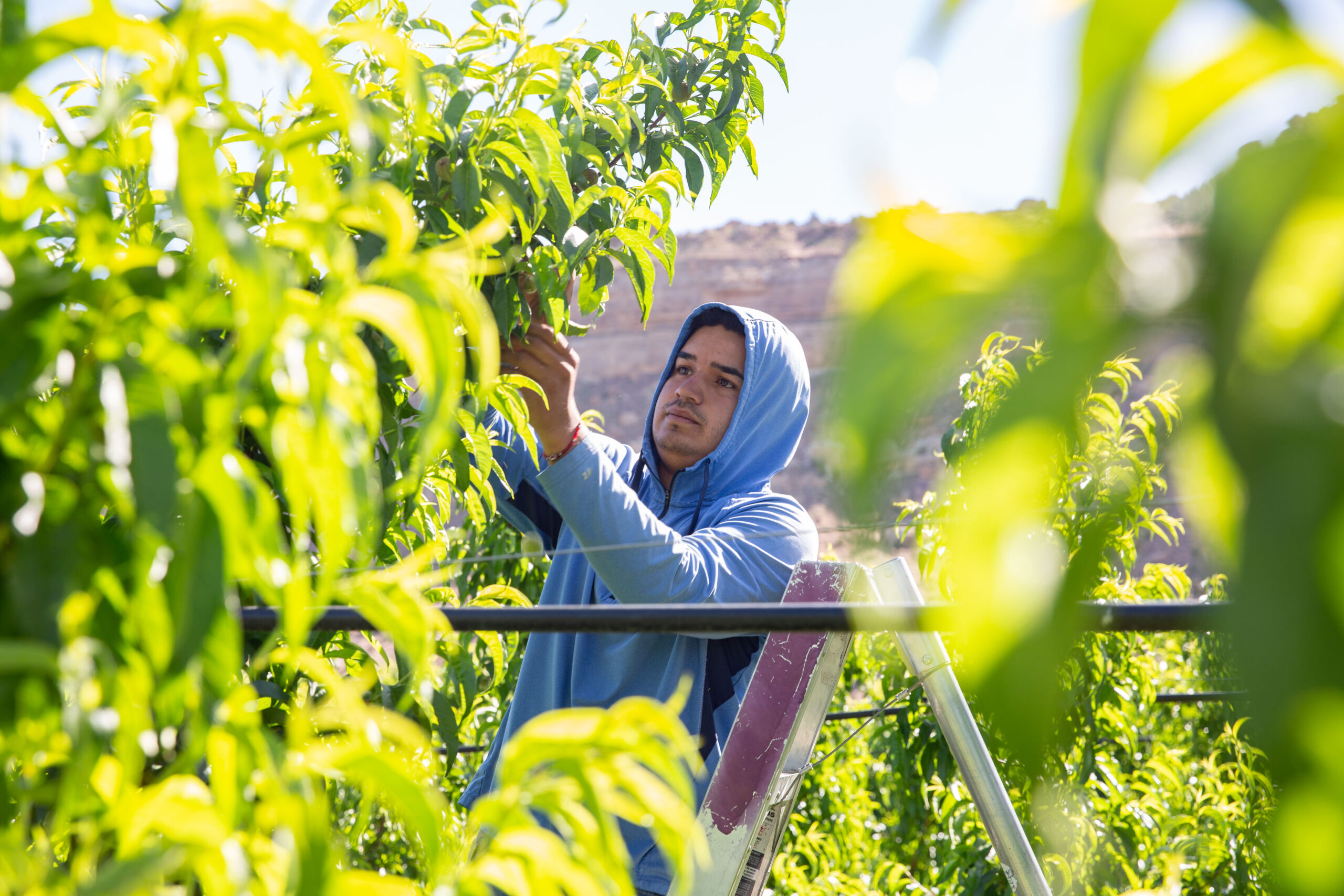After more than a decade of running research laboratories at the Colorado School of Mines and University of Colorado’s Anschutz Medical Campus, Dr. Keith Neeves can easily spot the students well-suited for life in the lab.
Those with tenacity and a good attitude tend to cope better with the failures researchers frequently experience.
“Doing research is an enterprise for people who don’t mind failing. It’s for people who have a lot of curiosity, and their curiosity is able to get them past the stumbling blocks and a lot of repeated failure,” explains Neeves, a 2010 Boettcher Investigator and professor in the Departments of Bioengineering and Pediatrics at Anschutz.
Boettcher Scholar Dante Disharoon proved he fit the profile on his very first day on the job.
At the time, Disharoon was an undergraduate at Mines, majoring in chemical and biological engineering and minoring in computer science. Disharoon’s first task in Dr. Neeves’ lab was to address an expensive technical issue. The software for the lab’s high-powered Olympus microscopes had become outdated and upgrading to a new license was going to cost Dr. Neeves a small fortune. Dr. Neeves charged Disharoon with installing an open source-solution in hopes of saving money.
Although other students in the lab had been unable to get the microscopes to connect to the free software, Disharoon thought it was worth another try.
The result?
“I think he (Dr. Neeves) ended up still shelling out money for a new software subscription,” says Disharoon, laughing a bit at his somewhat inauspicious start.
Luckily, the software mishap was a small bump in the road to academic success for Disharoon. Seven years after landing in Dr. Neeves’ lab, Disharoon has earned a master’s degree and PhD in chemical and biological engineering, racking up awards and substantial grant funding along the way. In September, he will embark on a postdoctoral fellowship at Case Western University.
While hard work and dedication contributed to these achievements, Disharoon has also been blessed with strong mentors and the opportunity to work on a cutting-edge research project that has guided his post-graduate studies. His work has laid the foundation for a groundbreaking new drug delivery system to fight blood clots.
With Dr. Neeves and Dr. Dave Marr, a professor at Mines, Disharoon has published scientific papers on the innovative treatment, which involves injecting a patient with “microbots.” Shaped like tiny wheels, the microbots are coated with clot-busting agents and driven by magnetic fields toward the clot to dissolve it. The project has been awarded a patent and the trio have shared their research at conferences across the United States and Europe.

The project was in its early stages when Disharoon joined the effort in 2014. Dr. Marr, a Gaylord & Phyllis Weaver Distinguished Professor of Chemical and Biological Engineering at Mines, had recruited Disharoon to work in his lab and Dr. Neeves’ lab, as he had proven to be creative and proficient at hands-on lab work. They also needed someone who would be unafraid to tackle something a little more unconventional.
“We were looking to do something really different. There’s certainly a higher risk and also a higher reward involved in that at some level,” says Dr. Marr, who noted that students at the university are more often drawn to research in the petro-chemical field because the pipeline to jobs is more obvious.
But Disharoon’s natural interest in biochemical engineering and his background in computer science made him a perfect fit — the group needed someone to develop software to direct the microwheels as well as a process to analyze the data.
“This was basically a new invention, so it was a steep learning curve for all of us,” acknowledges Dr. Neeves. “It was much different than the classroom environment where you have knowledge, and you are trying to imbue it on students.”
Disharoon had initially worked in the lab as an undergraduate research fellow. After he earned his degree, he transitioned into a job as a systems analyst with a local music store. Within six months, Dr. Marr reached out again to see if Disharoon would be willing to collect more data to show the medical community that their research had potential.
By 2017, the group had published its first paper on the use of microwheels to dissolve dangerous blood clots, which also became the basis for Disahroon’s master thesis. A year later, the research earned a $3.2 million grant from the National Institutes of Health, which helped fund Disharoon’s further work in the lab.
Meanwhile, Disharoon expanded and built on the group’s work. He won an American Heart Association Predoctoral Fellowship for a proposal to improve the efficacy of the microbot treatment by using the microwheels to simultaneously deliver multiple clot-dissolving drugs.
“One of the things I really admire about Dante is that he has a fearlessness about the problems he tackles. I don’t know if it’s my personality or my age, but sometimes you get more conservative about the things you are willing to take on and Dante really pushed us into a new direction,” Dr. Neeves says. “I don’t think I can say that about every student I’ve had. He really carved his own niche.”
The group’s work was certainly not without its challenges. Disharoon says he has struggled with skepticism from others in the field about the impact of the data since the treatment hasn’t been tested on animals or humans yet. Those studies were supposed to begin last year at Anschutz, but were significantly delayed because of the pandemic. Dr. Neeves’ lab was closed for about six months.
Because access to the lab at Mines was also limited, Disharoon was forced to switch gears, working on computational models that could be programmed from home. COVID-19 also caused Disharoon to earn his PhD a semester late, though it was time he didn’t mind losing. He was committed to seeing some of the elements of the project through to completion.
The ball is now in Dr. Neeves’ court, as he will oversee the translational studies of the treatment in animals. If that process proves successful, the project could move to a clinical trial with humans. The goal is to use the treatment to improve current therapy for ischemic stroke, which is commonly caused by blood clots and is treated by inserting a catheter into an artery to remove the clot or by injecting clot-dissolving drugs. Unfortunately, the drugs must be given within three hours of when a patient exhibits stroke symptoms to be effective, while the catheter treatment typically works best in clots involving larger arteries. In fact, 25% of strokes are lacunar strokes, which are located in small arteries of the brain inaccessible to catheters.
Disharoon, who will soon study new diagnostic tools for bleeding disorders, says he plans to follow the project’s progress.
“I hope that it works. I really hope it doesn’t stall out. The team of people working on it is very dedicated so I look forward to reading the papers that emerge, so I can keep track of the project as it’s developed,” Disharoon says.
Dr. Marr says the project has already made a big impact in scientific circles and helped officials at Mines recognize the need for a bioengineering program.
“The idea of using microbots to cure disease will be very important as we move forward and you need people who will move those ideas to the forefront and challenge what is possible,” Dr. Marr said.




